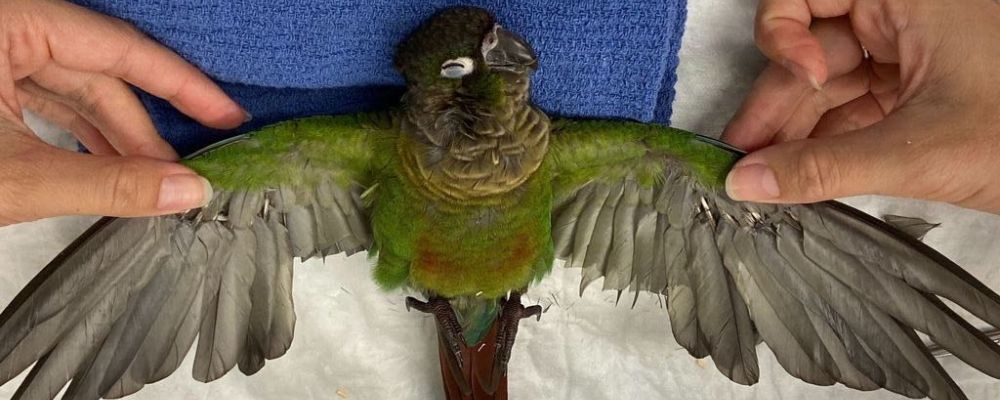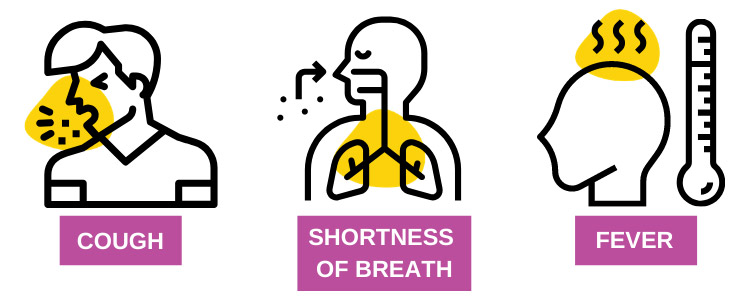In an effort to give Wei Wei some flight again, Dr Cat performed a procedure known as imping, which involves placing new feathers into the wing. Here, you'll learn more about this procedure and see how Wei Wei made a full recovery.
As precautionary measures increase, and social distancing becomes imperative, we are putting the health and safety of our staff and clients first. We will continue to provide optimal veterinary care to your pets, with minimal human contact, as a method to try to keep everyone safe.
In order for us to stay open and available to help your pet, we need to keep our veterinary team safe and healthy.
Being a veterinary clinic, we already have strict procedures and protocols in place to ensure our environment is as sterile as possible at all times. Still, we have implemented additional precautionary measures to protect our staff and clients. Learn about these here.
How do I tell the gender of my pet bird? Why is it important to know the sex of a pet bird? Many of our clients come to us with these questions and concerns, so we decided to dedicate a blog to this topic to help you learn about the best methods for identifying your pet bird's gender and why this can be helpful knowledge to have.
Dr James Haberfield from the Unusual Pet Vets Peninsula writes honestly about the cost of exotic veterinary care and the impact that some client actions can have on the people who work in the veterinary profession.





